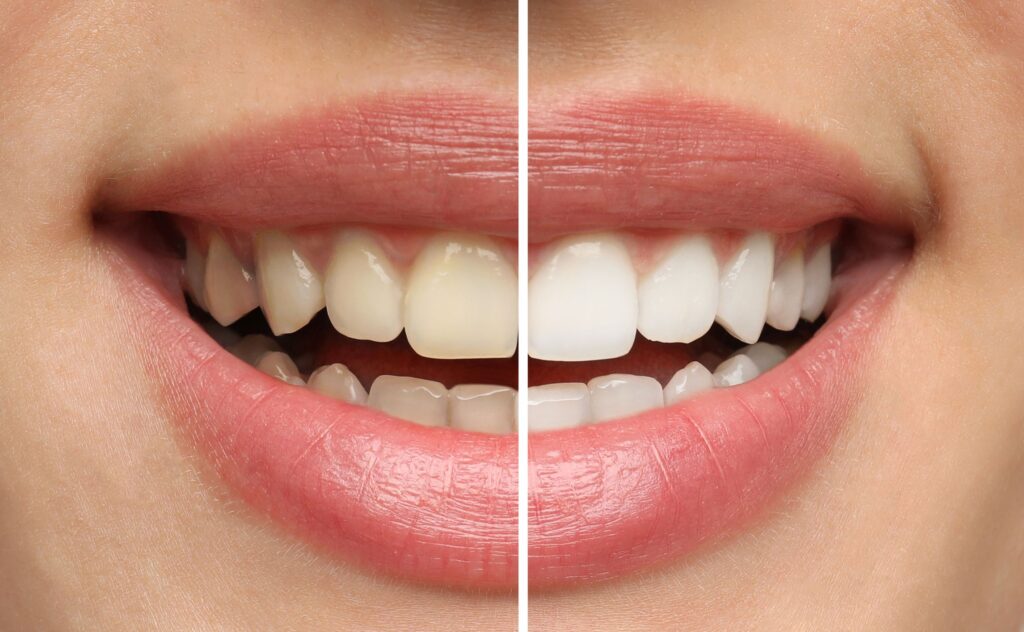
One of the first things people notice about you is the quality of your smile, and if yours is tinted more brown or yellow, you might not make a good impression. People who are overly worried about being judged for their appearance can even develop anxiety or depression and avoid spending time with others.
If the condition of your grin detracts from your self-confidence, you’re not alone; in fact, you might have inherited your stained teeth. Continue reading to learn more about different types of dental discoloration that might run in the family and how your dentist can help!
What Causes Tooth Discoloration?
Many patients want lighter smiles, but you must consult with your dentist to identify what caused the blemishes before choosing an appropriate cosmetic solution. There are different types of stains, requiring different treatments to address.
For instance, external stains in the outermost layer of enamel often result from frequent or prolonged exposure to darkly pigmented foods and drinks like coffee, tea, wine, berries, or tomatoes. Meanwhile, intrinsic discoloration originates in the lower layers of dentin and can affect your teeth’s appearance and resilience as they develop.
Can Tooth Discoloration Be Hereditary?
Although some dental defects are caused by external factors that you can control, there’s also a chance that you might have inherited them. Certain conditions can be passed down genetically that can also cause spots, stains, or discoloration.
For instance, amelogenesis imperfecta is a disorder caused by a gene mutation that impacts how your enamel forms in its early developmental stages, meaning it can impact both your baby and adult teeth. It can make them look mottled yellow, brown, or grey, or cause pits, grooves, and other abnormalities.
Dental imperfecta is another congenital condition, but it impacts the lower layer of dentin beneath the enamel. It can tint your grin blue-gray or yellow-brown, or cause weakened, translucent teeth prone to injury.
How Does My Dentist Treat Tooth Discoloration?
Your provider can recommend an appropriate service to help you achieve your cosmetic goals once they’ve examined your mouth. After they determine the type of stains present, they can devise an appropriate treatment plan customized to meet your unique needs.
For instance, external stains tend to respond better to topical treatments, like professional-strength teeth whitening kits from your dentist. Meanwhile, porcelain veneers and dental bonding can both be used to mask intrinsic flaws caused by genetics.
Regardless of the cause behind your tinted grin, your dentist has cosmetic solutions to boost your confidence in your appearance!
About the Practice
Patients at Wethersfield Dental Group benefit from a team of oral healthcare providers dedicated to helping people of all ages build and maintain their healthiest, most beautiful smiles. With general dentists and a board-certified periodontist in the office, they can assist with everything from basic preventive services to more complex treatments and procedures, including cosmetics. They combine a caring approach with state-of-the-art equipment to help you feel comfortable while delivering accurate results intended to last. If you want a lighter grin, you can request a consultation on the website or by calling one of their conveniently located offices near you!

